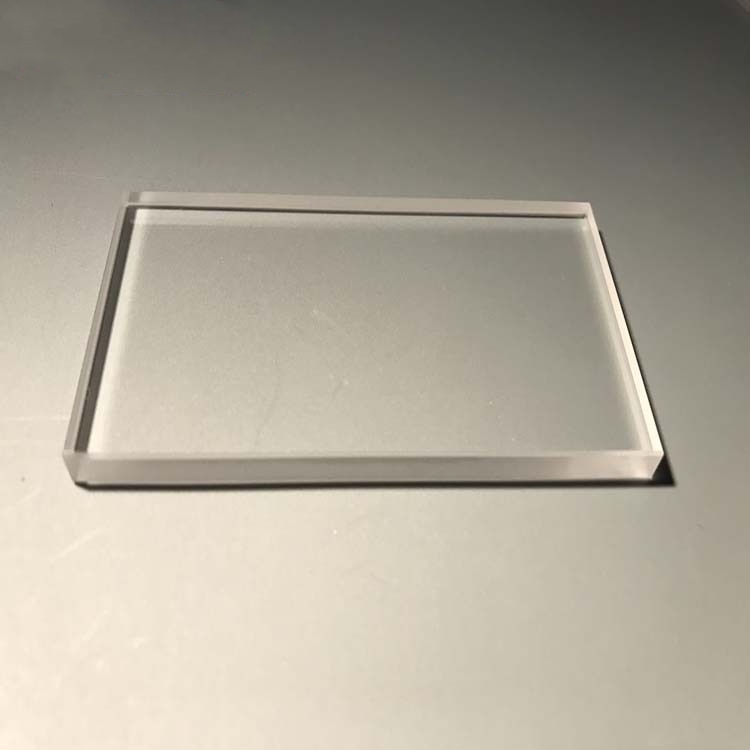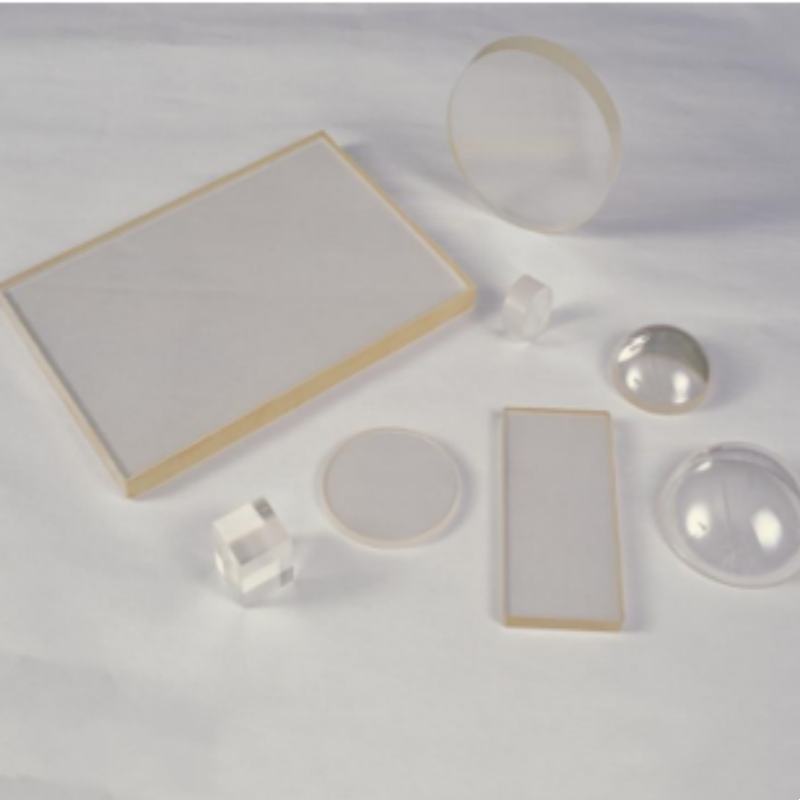Calcined petroleum coke (CPC) is a high-purity carbon material derived from raw petroleum coke through a controlled thermal processing technique. This calcination process removes volatile components, enhances structural stability, and improves conductivity, making CPC an essential material for aluminum smelting, graphite electrode production, titanium dioxide manufacturing, and other industrial applications. It exhibits excellent thermal resistance, low ash content, and high carbon purity, ensuring optimized performance in demanding environments.
Product Overview
Calcined Petroleum Coke is produced by high-temperature calcination of raw petroleum coke at approximately 1300°C. The calcination process removes moisture, volatile components, sulfur, and other impurities from the raw coke. After crushing and screening, different particle sizes of calcined coke are obtained to meet various industrial demands. The product features high density, high purity, low thermal expansion, and excellent thermal shock resistance, making it ideal for a wide range of applications.
Key Features
- High Density and High Purity: The calcination process increases the density and purity of petroleum coke, ensuring superior physical properties.
- Low Erosion and Low Thermal Expansion: The coke has a low erosion rate and thermal expansion coefficient, making it suitable for high-temperature environments.
- Excellent Thermal Shock Resistance: The material can withstand rapid temperature changes while maintaining structural stability.
- Anisotropy: It exhibits notable anisotropy in thermal, electrical, magnetic, and optical properties, making it ideal for specific applications.
Applications
- Graphite Electrodes: Used as a raw material for manufacturing graphite electrodes, providing excellent electrical conductivity and high-temperature resistance.
- Titanium Dioxide (TiO₂) Production: Acts as a high-temperature reaction material in the production of titanium dioxide.
- Carbon Additive: Used as a carbon source in metallurgy and casting, improving the carbon content in metal products.
- New Energy Anode Materials: Serves as a base material for anode materials in lithium batteries and other new energy applications.
| Item | Unit | Specification |
| Carbon Content > | % | 99 |
| True Density > | g/m³ | 2 |
| Ash Content < | % | 0.5 |
| Moisture < | % | 0.5 |
| Volatile Matter < | % | 0.8 |
| Sulfur Content ≤ | % | 4 |
| Particle Size | Customizable based on customer requirements | |
Submit Your RequirementsWe will contact you within 24 hours.
 WOBO Scientific Research New Materials One-Stop Service Platform
WOBO Scientific Research New Materials One-Stop Service Platform











